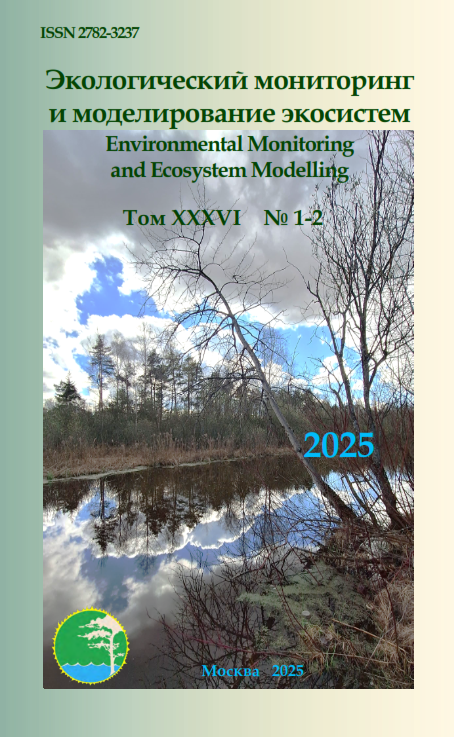Comparison of time series in applied research: proximity, synchronism and correlation
Abstract
The problem of comparing time series arises in many applied
studies. The complexity of such a comparison is due to the fact that over time the
probability that all data describe the initial process decreases, and some short-term
changes can be caused by special causes that do not repeat. The paper considers
three possible problems associated with comparing time series in applied studies:
point-by-point proximity, synchronicity of change over time, and correlation of
series levels. Approaches to solving each problem separately are proposed, and
their features are identified that must be taken into account are identified while
comparing data arrays over time. It has been established and demonstrated that
synchronously changing time series may not be close point-by-point and have a
weak correlation; high correlation cannot ensure synchronicity of time series and
give false conclusions about the relationship of indicators over time, etc.
Conclusions obtained when solving only one problem cannot be transferred either
to the conclusions of another, or to the relationship of time series as a whole. The
model examples and applied research examples demonstrated in the work provide
an understanding of how the problem of comparing data arrays over time can be
formulated and how to approach its solution and interpretation. It is shown that the
possibility of establishing the presence of cause-and-effect relationships in time
series as a whole depends on a qualitative analysis of the content of the processes
under consideration.

